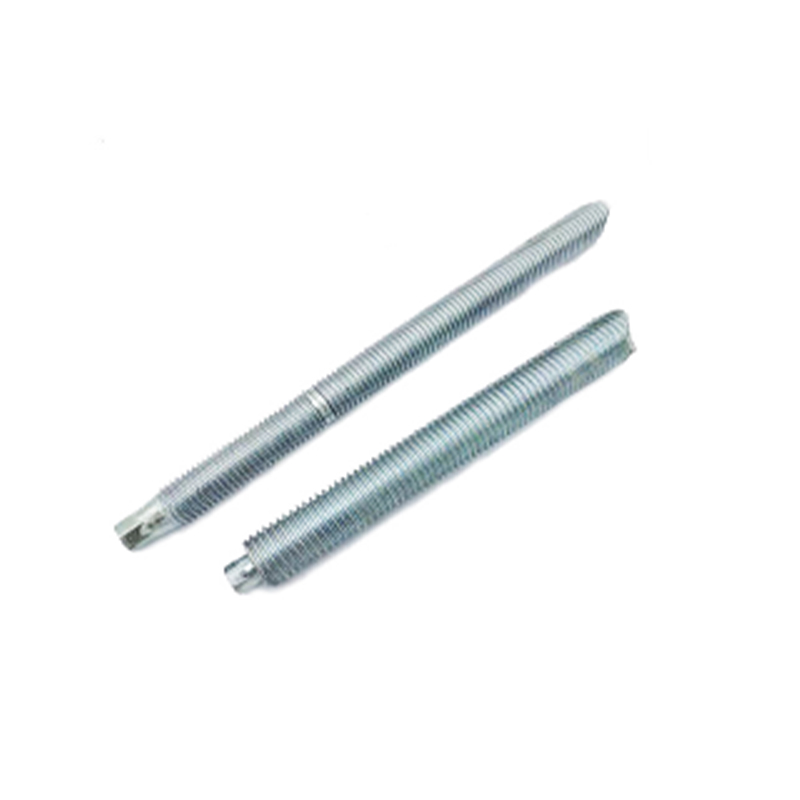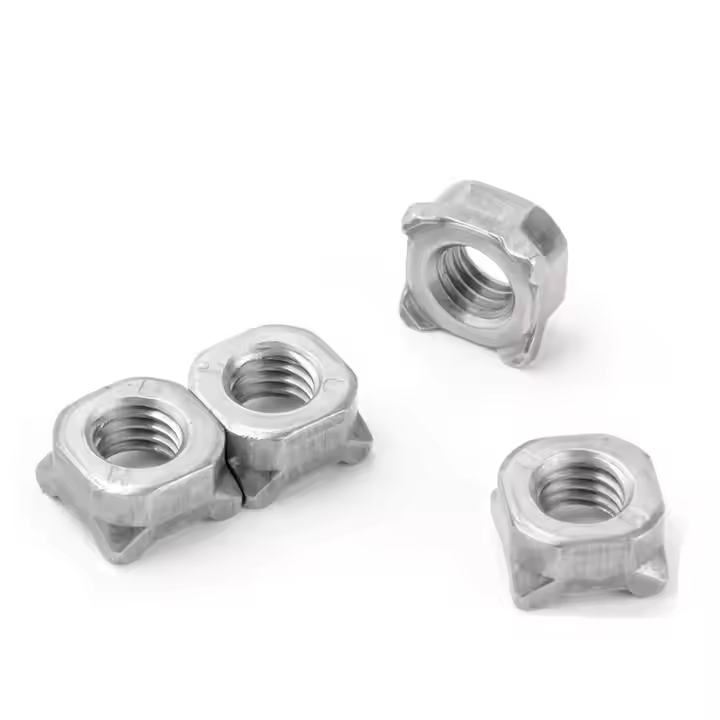

2025-10-04
When it comes to sustainability, nuts and bolts might not be the first things that come to mind. However, DIN125 and DIN127 nuts play a surprisingly crucial role. Born out of industry standards, these fasteners have become pivotal in environmental strategy. So, what exactly makes them sustainable, or are they just riding the green trend?
The journey toward sustainability with these nuts begins with their standardization. DIN125 and DIN127 refer to specific sets of standards for flat washers and spring lock washers, respectively. What you’ve got here are two components designed to ensure reliability and efficiency. The repeatability of dimensions, form, and material means reduced waste during production and installation.
I remember back in my early days working with a manufacturing unit, the consistency these standards brought was notable. Imagine eliminating the guesswork — fewer rejected batches, less material discarded. It’s a form of engineering economy that doesn’t just save money but conserves resources.
However, there’s more. The very essence of these components is to enhance the lifespan and reliability of mechanical assemblies. Durable assemblies mean longer product lifecycles, reducing the need for frequent replacements and, consequently, saving on resources like metals and energy.
Materials chosen for manufacturing these nuts matter deeply for sustainability. Companies like Hebei Muyi Import&Export Trading Co.,Ltd, known for producing an array of fasteners, ensure their products meet rigorous standards. You can learn more about their efforts at their website. They focus on ensuring the longevity and recyclability of their materials, aligning with global sustainability goals.
I have observed how certain manufacturers selectively source their raw materials. Opting for recycled metals where possible and ensuring their processes use energy-efficient methods. It’s fascinating how small choices in the supply chain can ripple outward, contributing to a larger sustainability picture.
Then there’s the concept of recyclability post-use. Utilizing materials that can either be reused or recycled means less waste ending up in landfills. With rising global regulatory pressures, this isn’t just ideal but increasingly crucial.

Next, let’s consider design. DIN125 and DIN127 are optimized for simplicity and minimalistic design without compromising function. This elegant simplicity means less material usage from the start.
In practice, the absence of excess means each nut produced meets its purpose without unnecessary bulk. During a project overseas, I saw first-hand how this was achieved through clever engineering. It’s small margins but, across millions of units, the environmental benefit accumulates significantly.
Moreover, such efficiency means ease of installation, reducing labor costs and timescales. Less time and fewer materials needed equals a lighter carbon footprint overall.
People often overlook the financial incentives tied to sustainable practices. The nuts and bolts of sustainability aren’t just about green ethics but also money saved. Companies with eco-friendly practices often see reduced operational costs.
Take an industry insider’s view. Switching to standardized and efficiently manufactured components like those from Hebei Muyi can help businesses tap into these savings. Reduced waste, minimized resource extraction costs, and lower logistical expenses — all part of a sustainable loop.
An acquaintance of mine who shifted his company’s hardware procurement to similar standards noticed substantial yearly savings. The kicker? These savings weren’t just financial but were also on emissions and energy use, critical in today’s eco-conscious market.

Looking forward, the development path for DIN125 and DIN127 seems bright but not without challenges. Enhancing sustainability requires continuous improvement and adaptation.
Innovation, however, is often easier said than done. R&D in fastener technology is a surprising hotbed of creativity, with ongoing attempts to use biocompatible materials and even smart technology enhancements.
Future solutions might include sensors embedded within these humble fasteners for predictive maintenance, further driving efficiency and sustainability. Challenges persist, particularly in material technology and integrating these ideas cost-effectively but therein lies the exciting and uncertain frontier of this industry.
Please enter your email address and we will reply to your email.